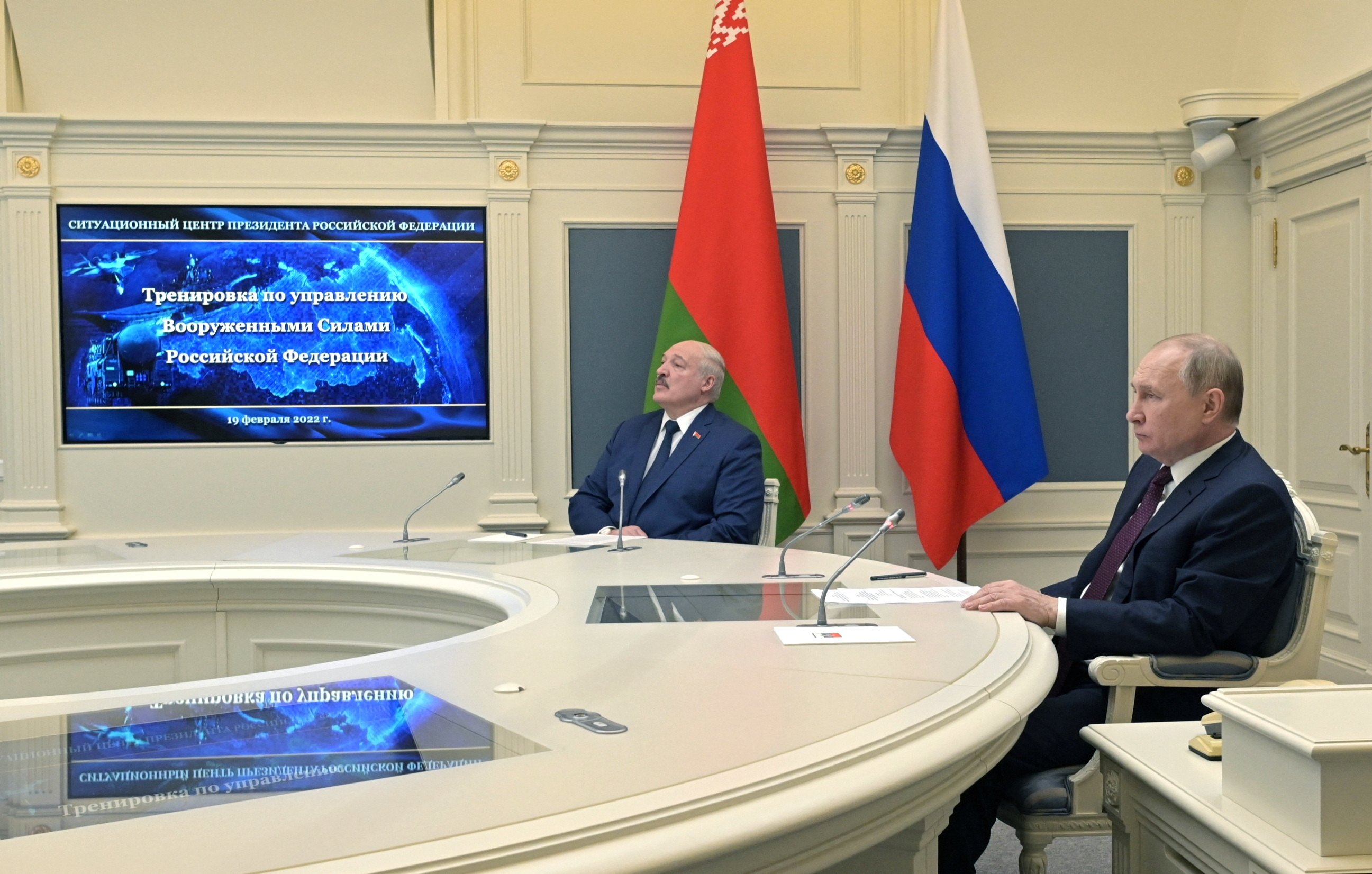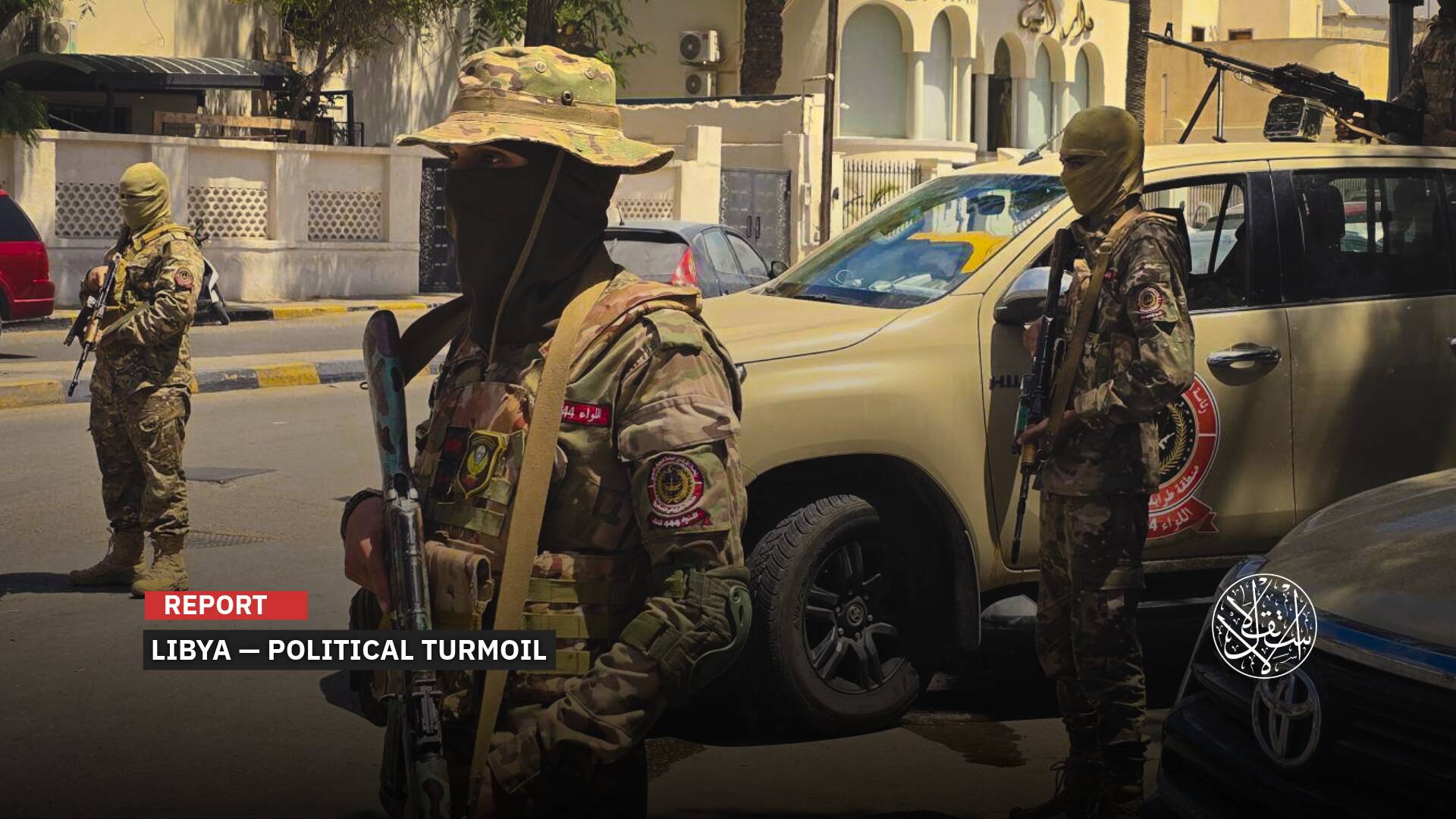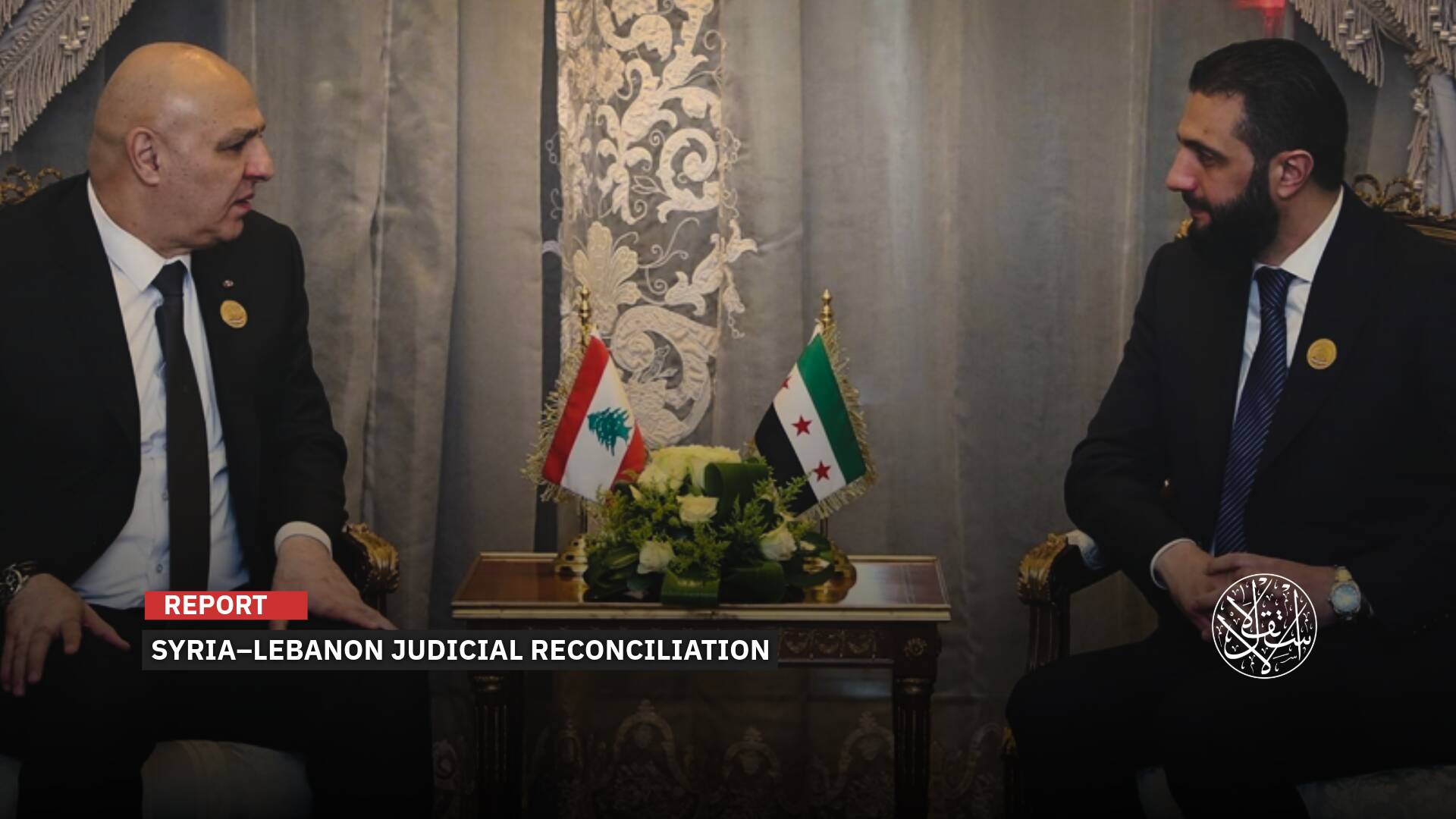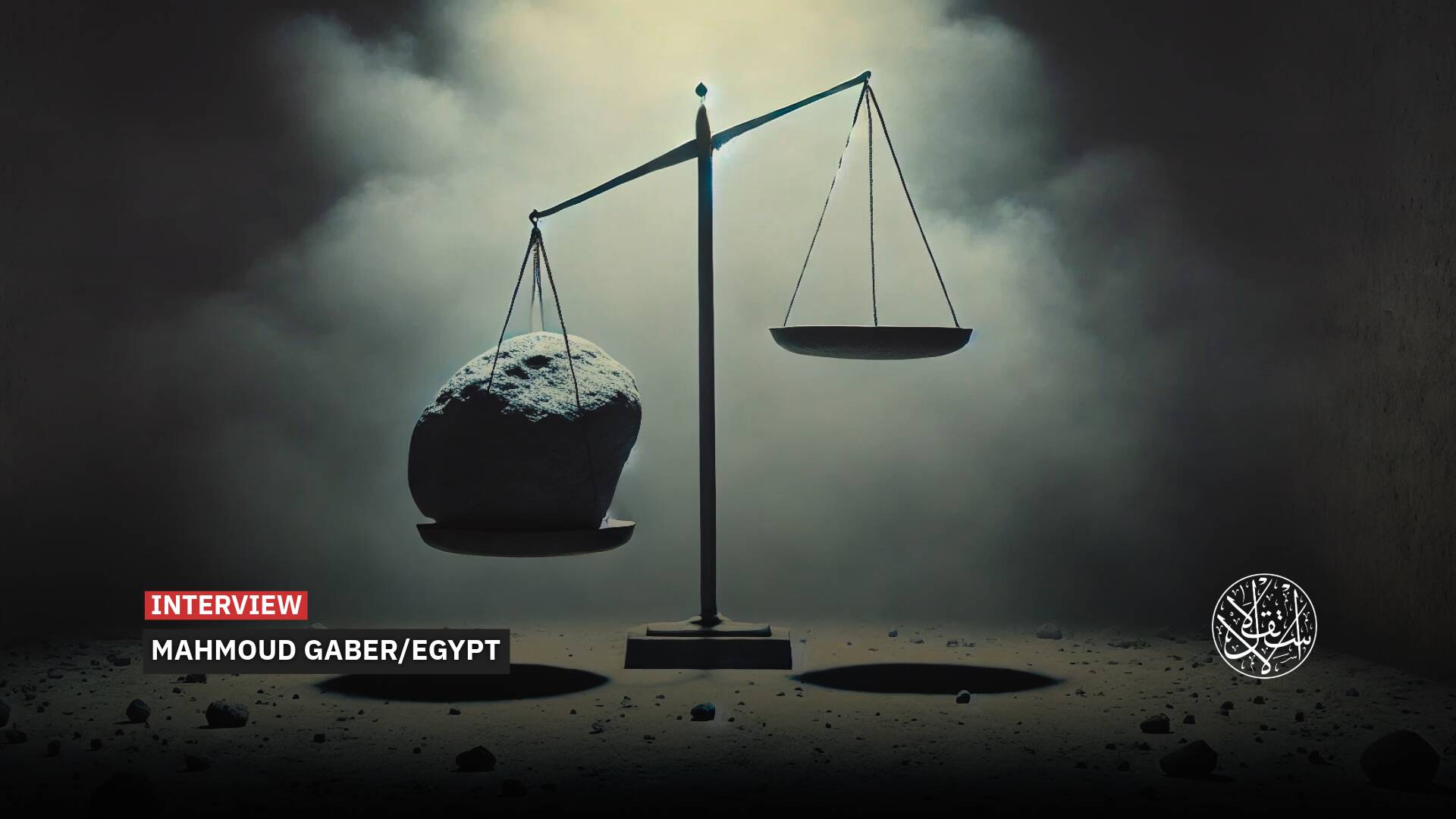‘Nuclear Captive’: What Does It Mean for Russians to Deploy Nuclear Weapons in Belarus?

In a move that escalated tensions with the West over the conflict in Ukraine, President Vladimir Putin said last week that he would station “tactical nuclear weapons” in neighboring Belarus.
The Belarusian Foreign Ministry defended the decision, saying that the country had faced “unprecedented political, economic and information pressure” from the United States, the United Kingdom, NATO, and the European Union for more than two years.
But Prime Minister Mateusz Morawiecki of Poland, a NATO member that borders Belarus, warned that the deployment of Russian nuclear weapons on its doorstep would trigger more sanctions against Belarus.
Conflicting Moves
The announcement came just days after President Xi Jinping of China visited Putin in Moscow to discuss areas of cooperation and to urge him to de-escalate the nuclear crisis and pursue a peaceful resolution with Kyiv. But Putin ignored Xi’s advice and instead made his most sinister nuclear threat yet.
Putin claimed, with dubious logic, that placing tactical nuclear weapons in Belarus would not violate Russia’s obligations under the Nuclear Non-Proliferation Treaty because he himself would retain control of the warheads and missiles they may carry, not Belarusian President Alexander Lukashenko.
Tactical warheads are designed for use on the front line to win battles, with a relatively “small” impact compared to strategic nuclear weapons, which are intended for deployment against an enemy state as a means of horrific deterrence.
The move was seen by some analysts as an insult to Xi, who has tried to maintain cordial relations with Putin despite their differences on some issues.
Andreas Kluth, a German analyst and former editor-in-chief of the newspaper Handelsblatt, wrote in an article for Bloomberg that he hoped Xi would rebuke his “friend” in Moscow for his reckless behavior.
Kluth also warned that Putin’s action could trigger a new era of nuclear proliferation, as dictators and aggressors around the world, from North Korea to Iran and beyond, would learn that only nuclear weapons could protect them from nuclear blackmail by ruthless adversaries like Putin, and also serve as tools for blackmail in their own arsenals.

Unrealistic Plan
According to The Guardian newspaper, nuclear experts doubt that Russia can carry out such a plan anytime soon, citing the lack of evidence of any construction or preparation for nuclear bases in Belarus.
Russia has been building a nuclear weapon storage facility in Kaliningrad, a Russian enclave between Poland and Lithuania, for at least seven years, but it is still unclear whether any bombs have been delivered there.
Nuclear weapon facilities are among the Russian military’s most sensitive and secure sites, requiring underground bunkers, multiple layers of physical security, and specialized vehicles and personnel.
“So far, no satellite imagery has surfaced that might suggest something similar is being built in Belarus,” The Guardian reported.
Belarusian President Alexander Lukashenko agreed to host Russian nuclear bases in 2015, but little work has been done since then. Putin’s recent statements may be more of a bluff than a reality, similar to his announcement in February last year that he would put Russia’s nuclear arsenal on high alert, which did not result in any noticeable change in the country’s nuclear posture or activity.
To build a long-term storage site for nuclear weapons, it takes years of work to create a military base inside another military base, with underground shelters made of concrete and steel, known as “igloos,” to store the bombs.
These sites have multiple levels of security, such as barbed wire fences and guard posts, and also have vehicles and trucks for transporting and servicing the weapons, and none of these signs have been seen in Belarus.
Ukraine and the West mustn't let Putin spook them into hysteria with his Belarus nukes. Only steely resolve and strength can deter him from making a bad situation immeasurably worse https://t.co/1LERCFTmRE via @opinion
— Andreas Kluth (@andreaskluth) March 26, 2023
Possible Consequences
The move would greatly enhance Moscow’s ability to strike targets in Ukraine and several NATO allies in a new escalation of the Ukraine crisis,
Belarus has a 1,084-kilometer (673-mile) border with Ukraine, which would allow Russian aircraft and missiles to reach potential targets there more easily and quickly if Moscow decides to use them
The announcement came amid signs that Ukraine was preparing to launch a major offensive to reclaim parts of its territory seized by Russian forces and their proxies since 2014.
Russia has amassed more than 100,000 troops along the border with Ukraine, raising fears of a full-scale invasion.
Putin’s nuclear warning was echoed by Dmitry Medvedev, the deputy chief of Russia’s Security Council and a former prime minister, who said last week that any attempt by Ukraine to regain control of Crimea, the Black Sea peninsula that Russia annexed illegally seven years ago, would endanger “the very existence of the Russian state” and justify a nuclear response under its security doctrine.
“Every day of supplying Western weapons to Ukraine makes the nuclear apocalypse closer,” Medvedev said.
Oleh Zhdanov, a Ukrainian military expert, said that Putin is resorting to nuclear threats to deter Western allies from arming Ukraine before it launches a possible counterattack.
Putin is using nuclear blackmail in a bid to influence the situation on the battlefield and force Western partners to reduce supplies of weapons and equipment under the threat of nuclear escalation,” the military analyst said.
However, the weapons that Putin deployed have a relatively limited destructive power.
These are tactical weapons, which are distinguished by their size, range, or use for limited military objectives without devastating the entire region and causing large-scale radiological repercussions.
Russia has the world’s largest nuclear arsenal, with about 4,500 nuclear warheads, according to the Stockholm International Peace Research Institute (SIPRI).
The tactical weapons have small nuclear warheads that can be guided and have a powerful blast. They can travel less than 500 kilometers by land and reach 600 kilometers by air and sea.
They vary in power, with some being more powerful than the bomb that fell on Hiroshima, and others having no more destructive power than an artillery burst.
Tactical nuclear warheads can be mounted on various types of missiles that usually carry conventional warheads, such as cruise missiles and artillery shells.











